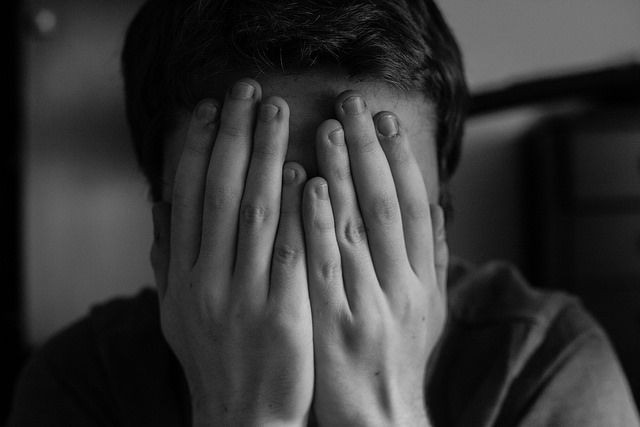How To Prevent Suicide: Study Pinpoints Depressive Behavior Patterns Preceding Suicide Attempts

With Suicide Prevention Day coming up on Sept. 10 this year, let’s take a moment to discuss some of the risk factors — and some pathways involved in prevention — of suicide. A new large international study, known as the BRIDGE-II-MIX study, examined behavior patterns that might possibly lead up to suicide attempts.
In the study, researchers reviewed 2,811 patients who were suffering from depression; 628 of them had already attempted suicide at some point. Every participant was interviewed by a psychiatrist, and the researchers examined their previous suicide attempts, family history, treatments, and how they scored on the Global Assessment of Functioning scale — a test used by mental health professionals to rate patients’ ability to function in social settings, work, and on their own individual psychological level.
Perhaps most importantly, the researchers focused on the patterns of behavior that occurred leading up to suicide attempts, then compared these to the patterns of depressed people who had not attempted suicide. The researchers found several parallel patterns between the two.
Some of the behaviors included exhibiting risky behaviors like reckless driving; agitation like pacing the room, wringing hands, pulling clothing off and putting it back on; and being impulsive. The researchers note that if a depressed person is behaving in one or more of these ways, their risk of attempting suicide is 50 percent higher.
“We found that ‘depressive mixed states’ often preceded suicide attempts,” Dr. Dina Popovic, an author of the study, said in the press release. “A depressive mixed state is where a patient is depressed, but also has symptoms of ‘excitation,’ or mania. We found this significantly more in patients who had previously attempted suicide, than those who had not. In fact, 40 percent of all the depressed patients who had attempted suicide had a ‘mixed episode’ rather than just depression.”
Depression typically involves feelings of fatigue, despair, indifference or apathy, and self-deprecating thoughts. Mixed episodes or depression typically involves some level of polarity, and exhibiting features of both mania and depression — including anxiety, agitation, irritability, and impulsiveness.
The researchers conclude that patients who had “mixed depression” were more likely to commit suicide. They also discovered that standard mental health criteria, as dictated by the DSM, doesn’t always identify the people who are at risk. “The standard DSM criteria identified 12 percent of patients at showing mixed states, whereas our methods showed 40 percent of at-risk patients,” Popovic said in the press release. “This means that the standard methods are missing a lot of patients at risk of suicide.”
If someone is exhibiting these behaviors or has attempted suicide before, some of the prevention pathways involve removing the means of suicide (such as guns or pills), and providing the person with a strong social community. One recent study found that strong social connections may decrease the risk of suicide, particularly for middle-aged women. Other therapies include calling the National Suicide Prevention Lifeline, or clinical/psychological care for substance abuse and depression.
“This is an important message for all clinicians, from the GPs who see depressed patients and may not pay enough attention to these symptoms, which are not always reported spontaneously by the patients,” Popovic said in the press release. “The strength of this study is that it’s not a clinical trial, with ideal patients — it’s a big study, from the real world.”
Suicide Prevention Day is meant to curb the 800,000 suicides that occur around the world each year.
Source: Popovic D, Vieta E, Azorin J, Bowden C, Young A, Perugi G. Suicidal behaviour in major depressive episode: evidence from the BRIDGE-II-MIX study. 2015.



























